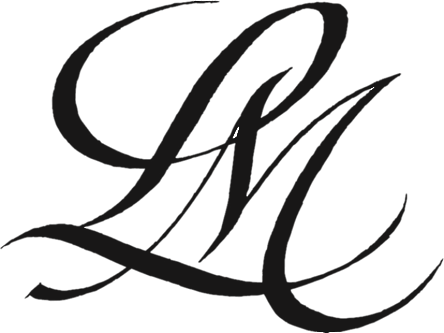Lucien Le Moine is a small House of Grands Crus in Beaune.
It is a two people operation established in 1999: « we came here because of Pinot Noir and Chardonnay, we stayed because we discovered « La Côte d’Or » and its wines but also the Burgundians as People and Friends. »
Lucien Le Moine is our way of living the seasons in Burgundy and growing roots deep into that beautiful place where we chose to live.
The People
Mounir learned and worked in a Trappist Monastery where he discovered Chardonnay and Pinot Noir. He studied Viticulture and Oenology at the ENSAM Montpellier, than had a 6 years experience in different Wineries in Burgundy, other areas of France and California where he became fascinated by the « old way » of growing, vinificating and aging wines. One day he decided to push to the extreme everything he saw and experienced and created, with Rotem, a small cellar dedicated to the ideas of purity and typicity.
Rotem comes from a cheese making family. She learned Agriculture both at the Technion and the ENESAD in Dijon and oriented her studies towards wine. At the end of her title she won a national prize from the French Academy of Agriculture for a study on the Côte d’Or than she participated in many Harvests in Burgundy and California. She joined Mounir in 1999 and they Started Lucien Le Moine together.
The Idea
Having studied, lived and worked in Burgundy for several years we got to know many good growers in the region. We decided to join these relations and our devotion to quality in a small selected production of Crus. »
Lucien Le Moine produces only Grands and Premiers Crus from Côte d’Or. We try to have the Most Beautiful Crus in each Village, we renew our selection every year, depending of our view of the year. That’s why we can have 67 Barrels in 2002, 47 in 2003 and 72 in 2004, the only thing we know is that we’ll never produce more than 100 Barrels (30 000 bottles), this is the size of the cellar we bought in Beaune and this is the way for us to be able to do everything « by hand » and « by ourselves ».
Our choice of a small size and of doing everything by ourselves allows us to apply in details our technical perception and to adjust and respond to each vintage and each wine.
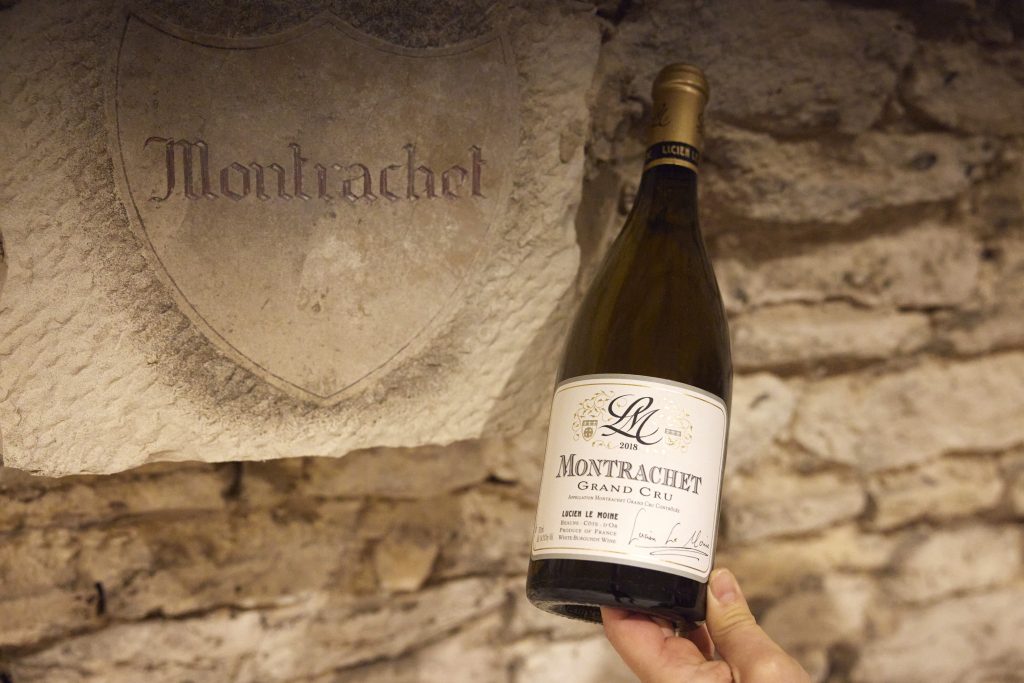
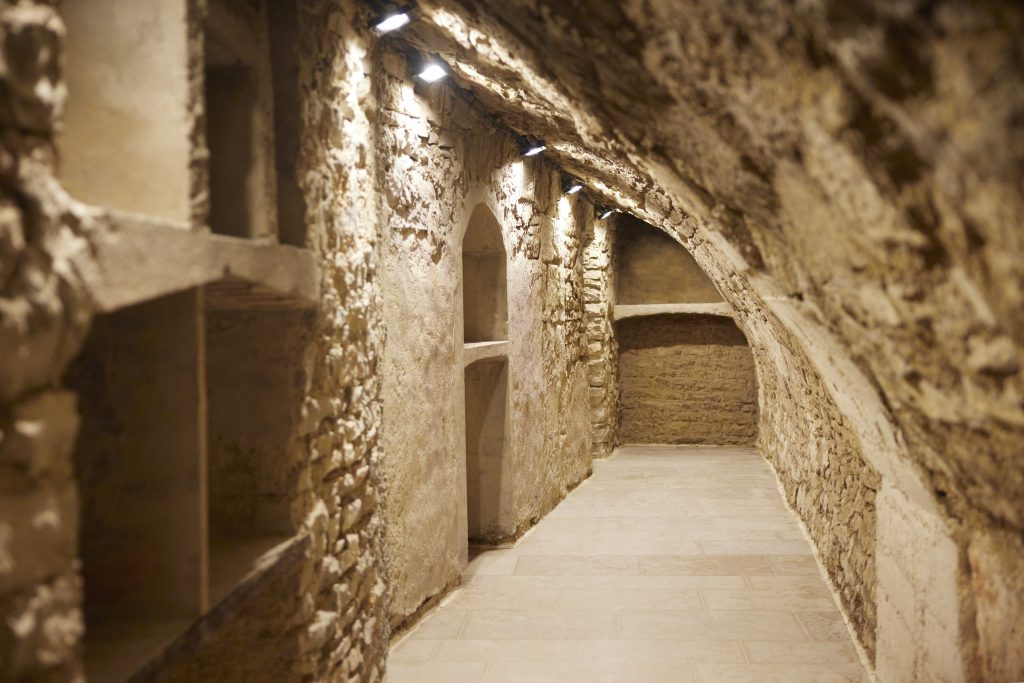
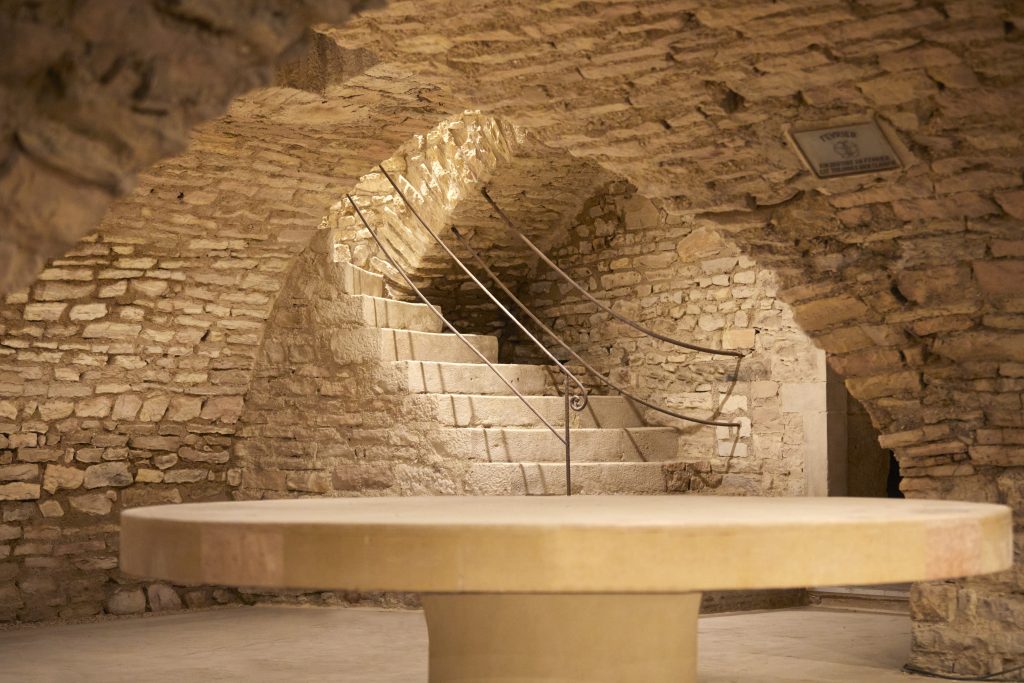

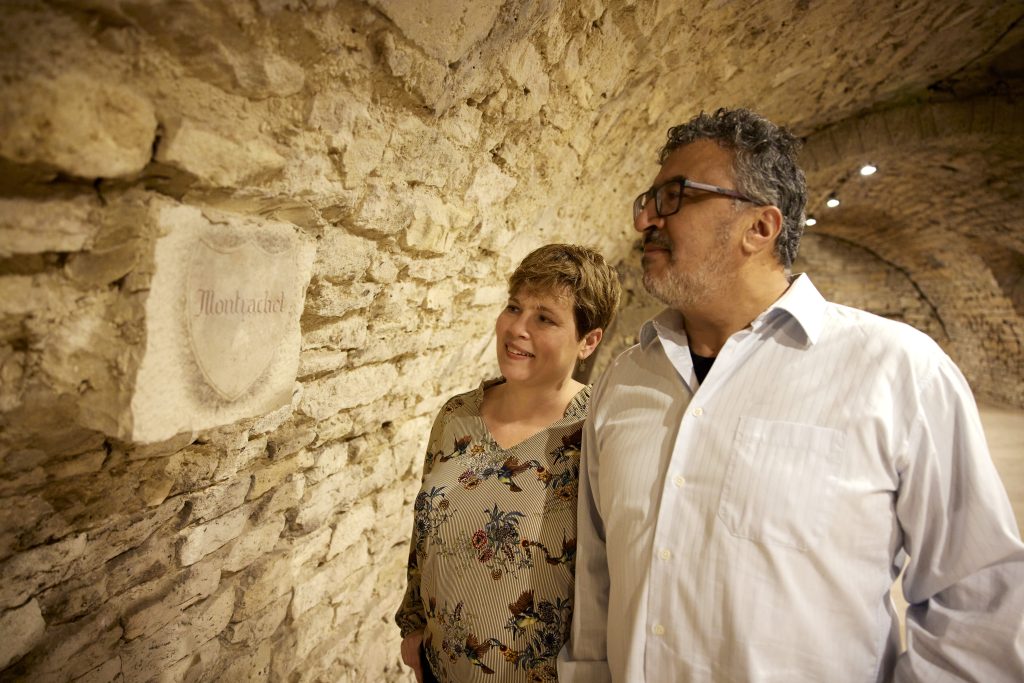
How Things Are Done ?
From a technical perspective few guidelines are at the heart of our way of doing:
1. As you can see from the home page, we work with the best Crus of each village; we produce one to three barrels per Cru (300 – 900 bottles). This small production per Cru is maybe our biggest technical challenge since from the very selection, through aging to bottling each barrel, by itself, needs to be perfect: as there is no « blending » at the end.
2. We do the selection of our wines very early; we taste the jus-wine just after the press, buy and put them in our barrels. This allows us to age « our way » from the very beginning of a wine’s life. All our wines are aged by us from press to bottling that means that each October we know exactly our production for the vintage.
3. We buy « by a friend » our oak from the Jupilles forest, we are maybe the only Winery in the world to age ALL our wines in this very fine oak, we produce our barrels « by another friend » with a slow toast on coals, personally adapted to the Crus and even to the years.
4. We age all the Crus on 100% of their lees: both whites and reds. We do gentle « battonages » (stirring) three to four times a month putting the lees in suspension in the wine, the wine than feeds upon the lees gaining in balance and complexity. We keep the wines on their lees until bottling never racking during aging. Still, since each year is different, we adapt these generalities to each vintage; so we can have some years without any stirring (2004) and some with stirring every week (2003, 2005).
5. We close our cellar in order to keep humidity and low temperature through spring, which allows us to push the malolactic fermentation late into summer. The natural CO2 associated to this fermentation protects the wines during the hot summer enabling us an extremely limited use of SO2.
6. Once malolactic is done we follow the maturity of each barrel, tasting it twice a month. Bottling takes place after a full moon (where atmospheric pressure is favorable), by gravity, Cru by Cru whenever a wine is ready.
7. All our wines, whites and reds are neither fined nor filtered.
8. As our wines are never pumped (no racking, no filtration, bottling by gravity…) the natural CO2 from the malolactic is present even in bottle. In fact we are looking for this presence as it helps protecting the wine in the most natural way.
The CO2 protects the wine by closing it upon itself that is why
ALL OUR WINES MUST BE DECANTED;
With decanting CO2 will leave and the wine will show itself. If one has time decanting can be for a few hours, if not a few minutes: by pouring the wine into the decanter and moving it slowly allowing the gas to leave.
Finally: Enjoy!!!! This is what it is all about

